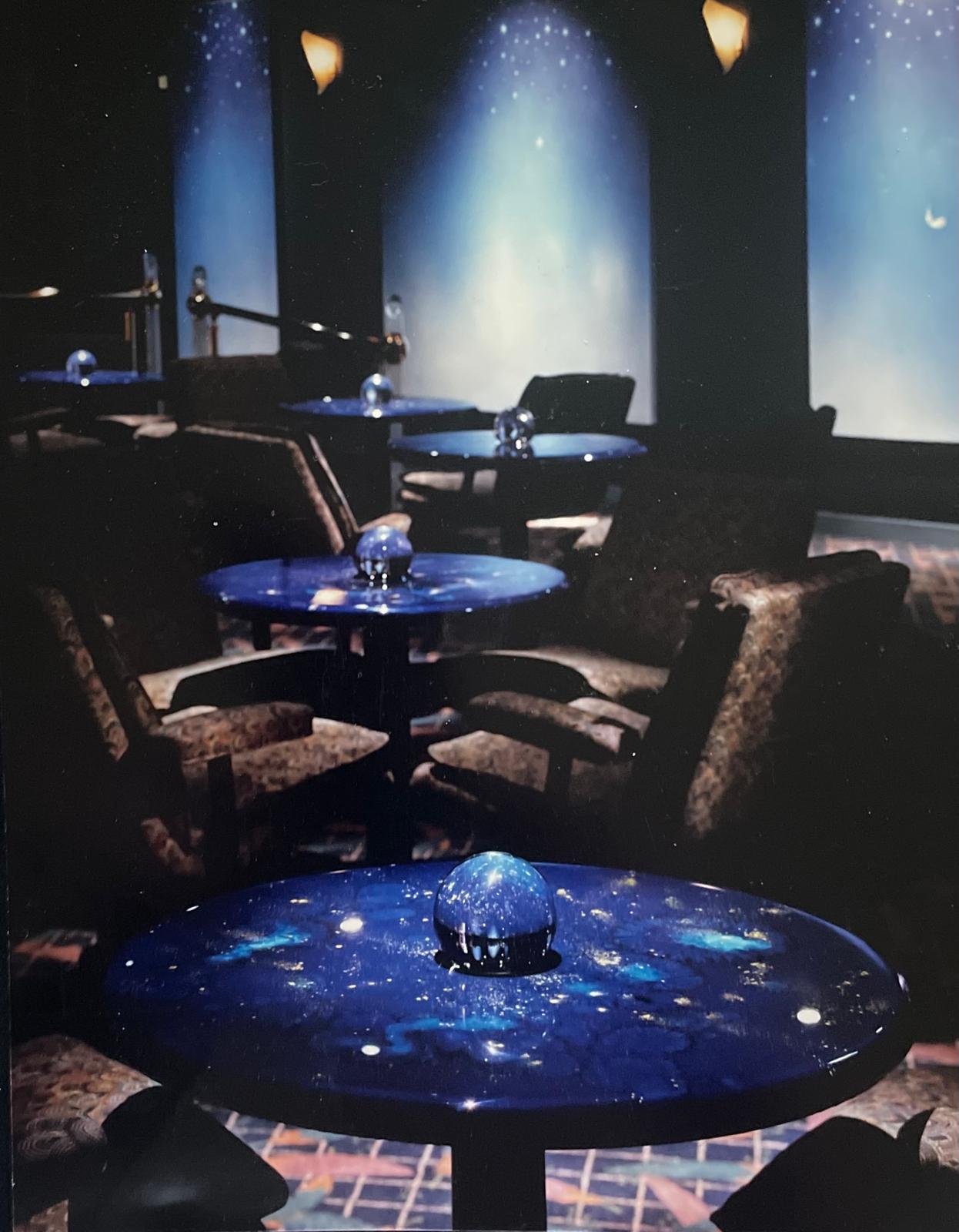
I’ve always believed design is more than what you see. In a major way, it’s also how you feel. I’ve spent years watching light shift across rooms and change the entire feel of the space, depending on the way natural sunlight filters through fabric curtains or the effects of various light beams on a wall and what they light. The magic of lighting is that it shapes a mood, or an experience, or the appreciation for art. Lighting offers excitement and energy to a space.
I believe if you are unique with what you light and the fixtures you use, not only do you define a particular style you have adopted but you enhance the art, the furnishings, the walls or ceilings, you are lighting. If your magazine cover was ‘Unique Interior Design’, it is because you use light as a signature to everything you’ve designed. You may design a rich, lush and detailed room, but without lighting, you’ve missed the point!
Let’s talk about light as the soul of a room for a moment. Lighting isn’t just practical in finding your way through a dark space. It is emotional. As a designer, I imagine the way you feel as a guest sitting in a dimly lit jazz club. It’s late, the day has turned to night and moving from a dark street into the club, is a subtle transition meant to bring the romance of night sky, warm streetlights and misty silhouettes with you, into an interior that mimics, yet illuminates; just what you need to see. Nothing more. Night time audiences feel intimate moods. They might see wall art only slightly, maybe just enough to give them the feel of the space. They might see a stage or the top of a bar. The table lighting is downward only there to read the check. It’s all minimal. As an illustration of this, notice how little lighting is offered in the bar at Cat’s Nightclub. Only enough to engage the viewer on the art walls Or check out the under-lit crystal balls in Banana Max, or the adjacent bar room in the same club. We lit only the art so the quests were allowed to feel like a bird flying through the space with the flock, as shown in the painted artwork over the bar and on the walls. The guests were invited to participate in the event of the room.
When I’m designing a residence, I employ many of the same methods as I mentioned above, yet with more ability to set the mood using dimmers and various adjustments. Warm, golden tones make living rooms inviting; cool whites bring clarity to workspaces and art. Knowing the various types of lighting for warmth and clarity is a bit harder today than it was years back when low voltage lighting was easier to adjust. Now, the knowledge of temperature for LED lighting makes learning a bit more challenging, yet the variety of fixtures is far greater for pin-pointing exactly what is to be lit. Here’s a few notes you might find helpful:
Ambient lighting sets the whole stage—it’s your overhead glow like a sun overhead. Be careful and you can add accent lighting too. Notice the living room in the Fong residence and how this was achieved using one indirect ceiling light.
Task lighting focuses on function as with reading lights next to a sofa or on a desk. Check out the Fongs Bedroom lighting where only closet and bedside lighting were designed. The beautiful views out the window were not to be hindered by ceiling lights. This is also true for under-cabinet kitchen lighting. Notice the O’Heffernan kitchen lighting as an example. Without it, the contrast between materials would be lost.
Directed ceiling-mounted lights can add drama and mystique, not to be directed downward unless with correct pin spots for very particular items to be lit. Ceiling lights, whether recessed or track, should not be directed where people sit. Table lighting can be pin-spotted but only with the correct beam spread of the bulb used.
When layers of lighting work together, they tell your story in how you live, how you entertain, the art you appreciate, the drama you desire and the times of day you like to experience.
In Part 2, I will write about Lighting for dramatic effects, but for now, try various lamps in a room just for fun. You can use clip-on lights and try different bulbs. Don’t worry about the look of the fixture for now. Just get a feel for the bulb choices. Or a good way to get some quick insights for your interior, is to call me, Carolyn, and I’ll come in for a quick consultation. I promise to open your eyes to new ways of lighting and from there you will spread your wings like the customers at Banana Max!
Sign up to get the latest on blogs.